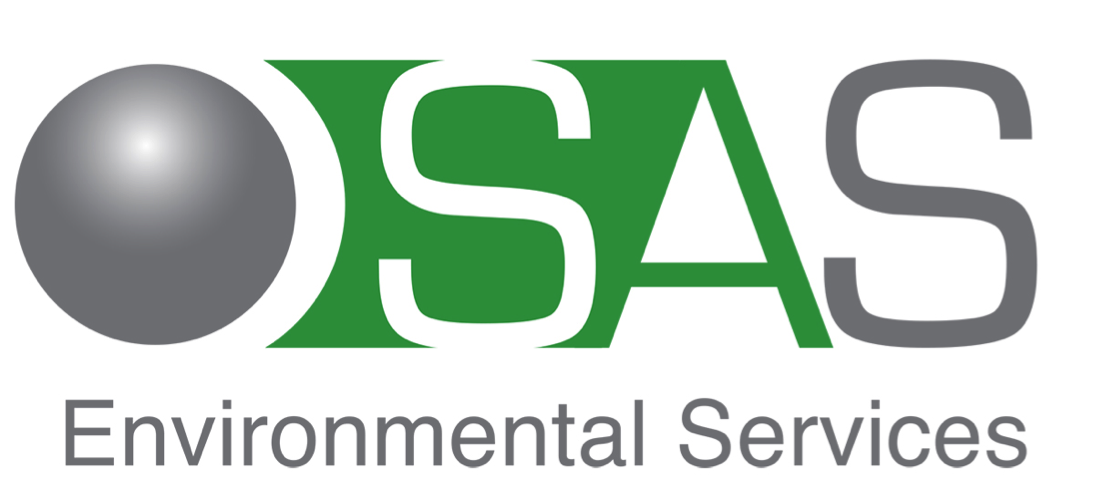7 Ways to Get More Out of Your Centrifuge for Oil Sludge Treatment
/If you’re involved in treating oil-contaminated slops and sludge, it is likely you use a centrifuge in your treatment process.
We love centrifuges and centrifuge operators, in most cases, they love us as well. This is because centrifuges almost always improve the effectiveness of SASES chemicals, and SASES chemicals almost always improve the performance of centrifuges.
Due to this love / love relationship, we have spent a lot of time with centrifuge operators, and during that time we’ve picked up some “tricks of the trade” that we’ve seen improve a centrifuge’s sludge-splitting capability.
Below are the 7 top tips we’ve picked up from the experts in the field:
Pre-screen your waste feedstock using small scale equipment and modify your treatment approach accordingly.
Use heat if available.
Determine the solids, water and oil content of your waste prior to full operations. This will help to judge how to control the solids loading.
Blend lighter slops/waste material with heavier waste rather than adding water.
Have accurate ways to measure key variables such as feed stock throughput, chemical dosing, centrifuge speed, g-force, scroll speed/depth, etc. Access to these measurements will allow you to tune the system for best results.
Reduce operating variables wherever possible. This is one of the reasons most operators prefer using a decanter centrifuge instead of a tricanter centrifuge.
Do not exceed 30% solids loading/content. If you exceed 30% solids loading, there is a good chance of plugging the centrifuge.
This list is by no means exhaustive, but hopefully there are 1 or 2 ideas that might be able to help you improve your centrifuge performance. If you have additional ideas and suggestions, please let us know. We are always on the lookout for ways to help our customers improve their oil sludge treatment and oil waste process.


